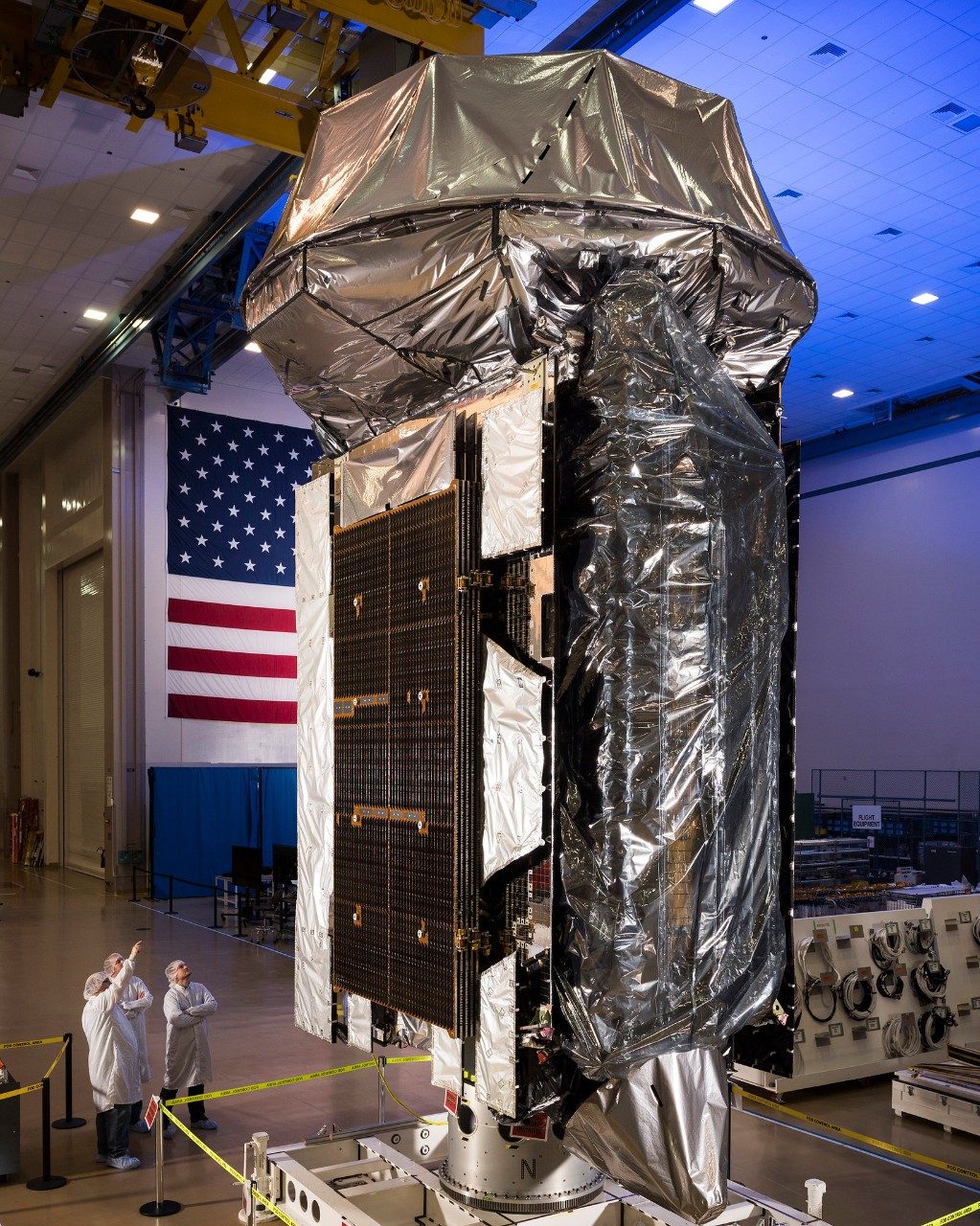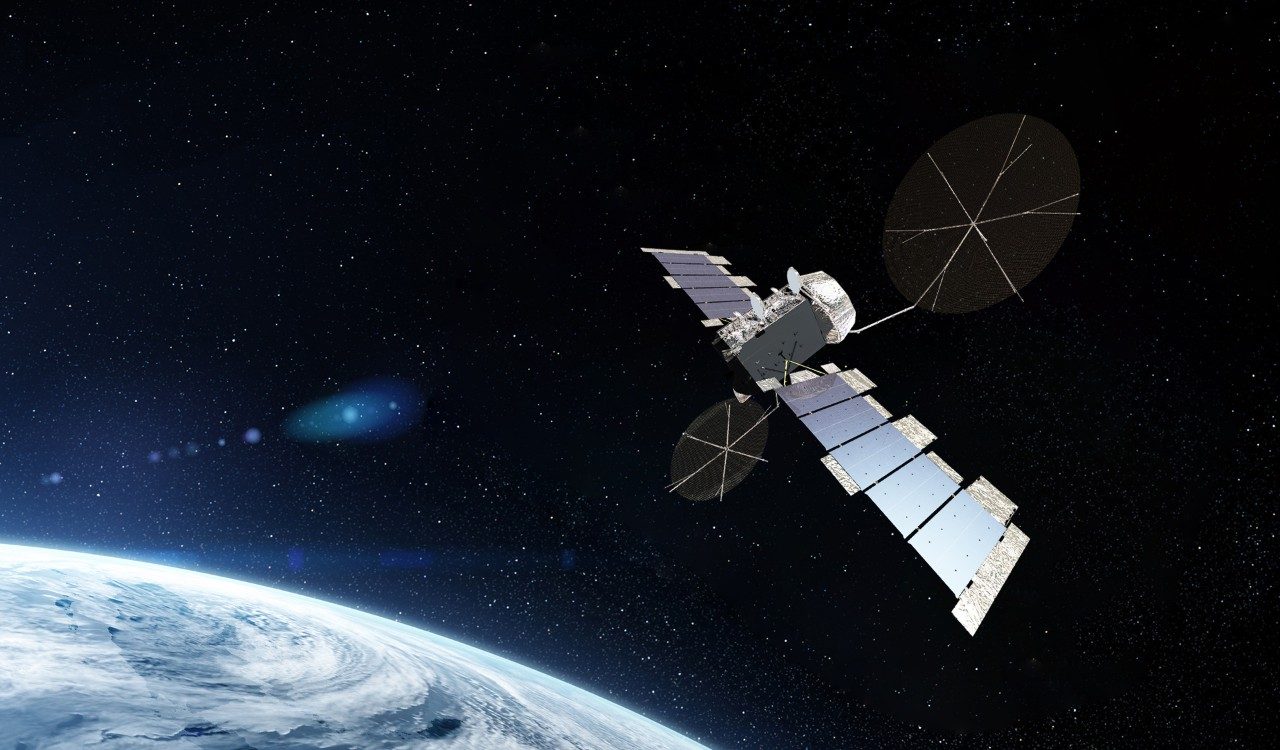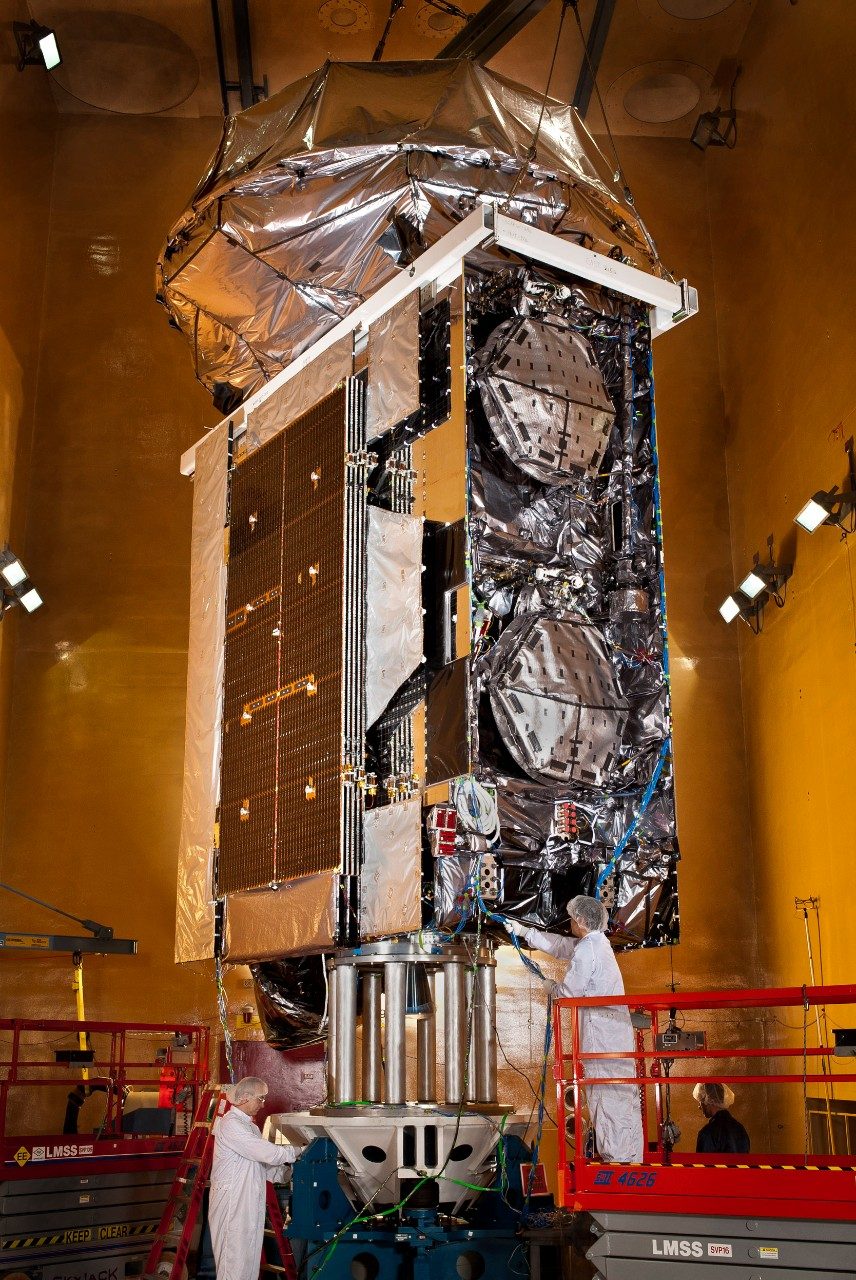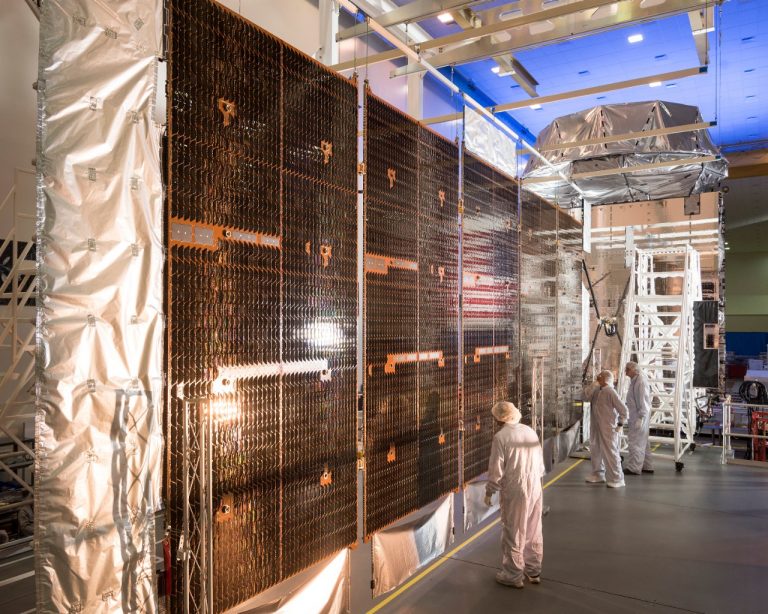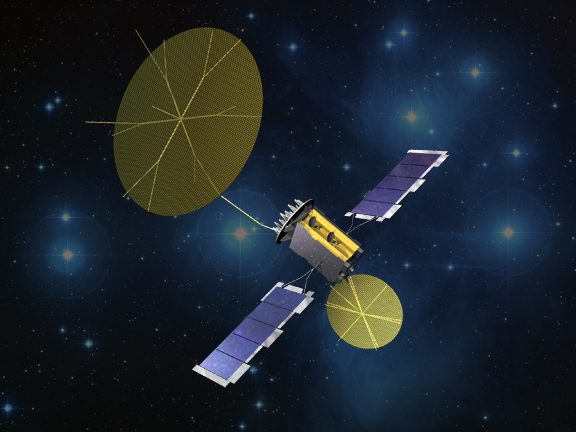In November 2024, Lockheed Martin hosted a MUOS Payload Industry Day with its supply chain partners to outline the needs for the upcoming Service Life Extension Phase 2 capture and to move the program forward to maturity.
Secure Military Communications for Global, Mobile Forces
The U.S. Space Force’s and U.S. Navy’s Mobile User Objective System (MUOS) is a network of orbiting satellites and relay ground stations that is revolutionizing secure communications for mobile forces.
Operating like a global military cellular network, it provides MUOS terminal and radio users with:
Secure, beyond-line-of-sight Ultra-High Frequency (UHF) communications.
Simultaneous, crystal-clear voice, video and mission data over a secure, high-speed Internet Protocol (IP)-based system.
Reliable communications when they’re needed most, everywhere from densely populated areas to the far corners of the Earth.
The Current MUOS Satellite Fleet
The MUOS constellation consists of four active satellites and one on-orbit spare, all built and sustained by Lockheed Martin. These satellites are connected through four MUOS ground relay stations around the world, and they enable communications for more than 67,000 MUOS military user terminals globally.
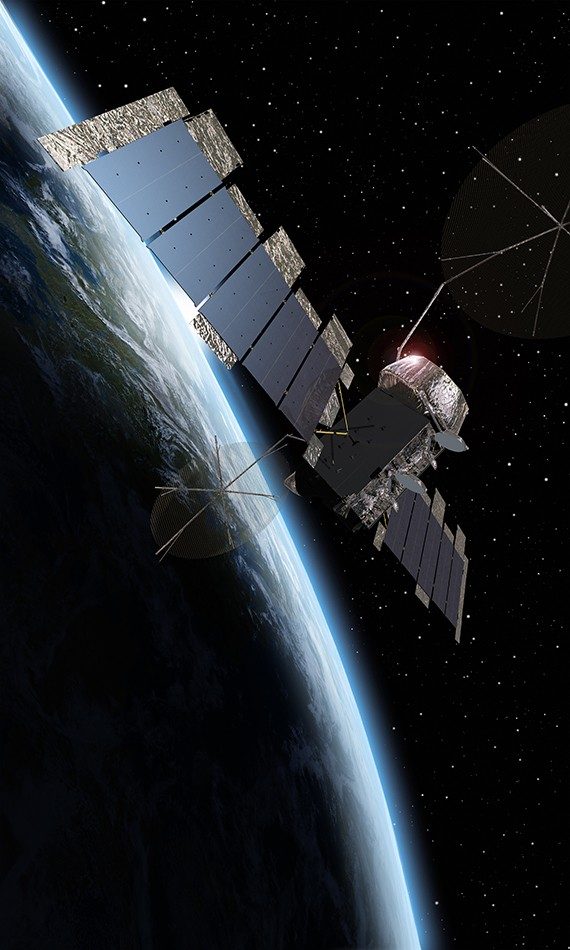
What Makes MUOS Better?
Today, narrowband UHF communications is used by every combatant command across aircraft (planes and helicopters), ships, submarines, ground vehicles, special operations and troops in the field. This vast scope of real-world use has exceeded the original mission requirements. Here’s why:
The unique Wideband Code Division Multiple Access (WCDMA) waveform introduced by the current MUOS constellation enables the system to act more like a conventional cellphone network – spreading multiple users out over the spectrum – unlike the former switchboard-style system.
This new capability allows for large amounts of crystal-clear video and voice data to be securely transmitted to those who need it most. In military operations where every second counts, MUOS is the difference between hearing static and hearing an uninterrupted voice at the other end of the line.
This WCDMA technology has enabled access for thousands of new users and an ability for the system to seamlessly prioritize critical calls being placed.





